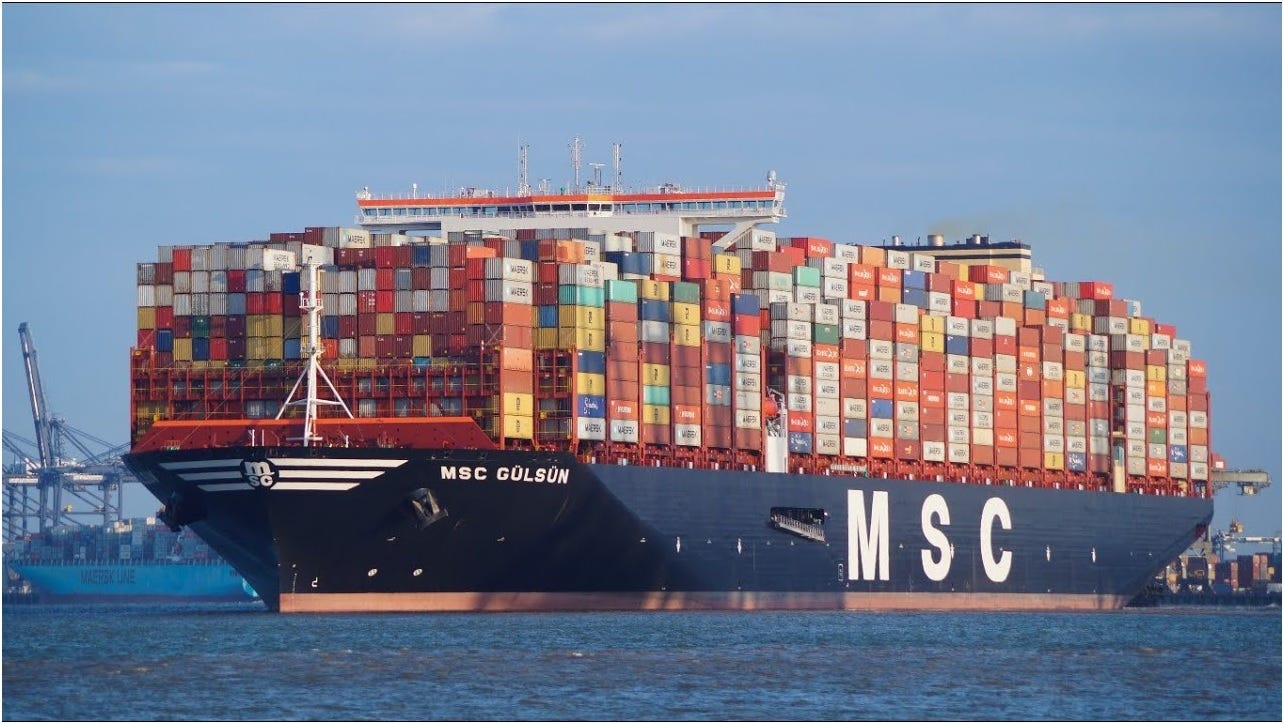World’s Losing Battle Against Fake Products
As containerships grow to gigantic size, the counterfeits are a needle in the haystack
Despite intensive effects to stamp out counterfeit consumer goods flooding out of Asia, massive amounts are continuing to move to the west, much of it arriving by container. This is according to a new 77-page investigation by the Organization for Economic Cooperation and Development released today, with China and Hong Kong remaining at the forefront of illegal shipments.
In January of 2020 the Trump administration, as a result of its trade war with China, secured an agreement to protect American intellectual property by ramping up searches for counterfeits at ports, increasing pressure on online merchandisers to stop the sales of knockoffs and took other measures in an effort to halt the flow. There is little indication that any of it has worked, according to the OECD report, titled “Illicit Trade: Misuse of Containerized Maritime Shipping in the Global Trade of Counterfeits.”
The highest number of counterfeit shipments originated in Southeast Asia, “including China and Hong Kong, India, Malaysia, Thailand and Singapore.” Mexico, Turkey and the United Arab Emirates remained among the top destination economies for counterfeit and pirated goods traded worldwide during the considered period. More than half of containers transported in 2016 by ships from economies known to be major sources of counterfeits entered the EU through Germany, the Netherlands and United Kingdom. Bulgaria, Croatia, Greece and Romania have relatively low volumes of container trade in general, but a high level of imports from counterfeiting-intense economies.” The chart below illustrates China’s overwhelming dominance of the counterfeit trade, much of it shipped out from Hong Kong.




